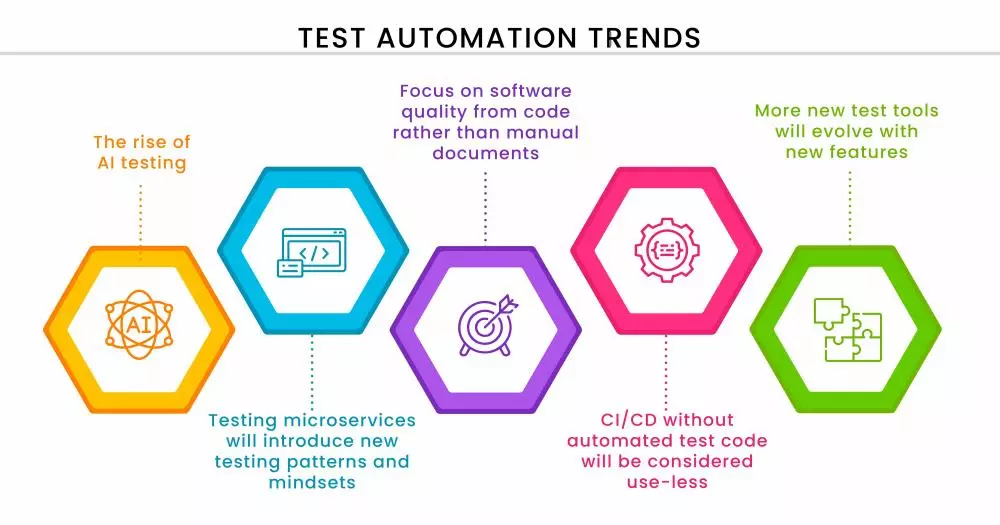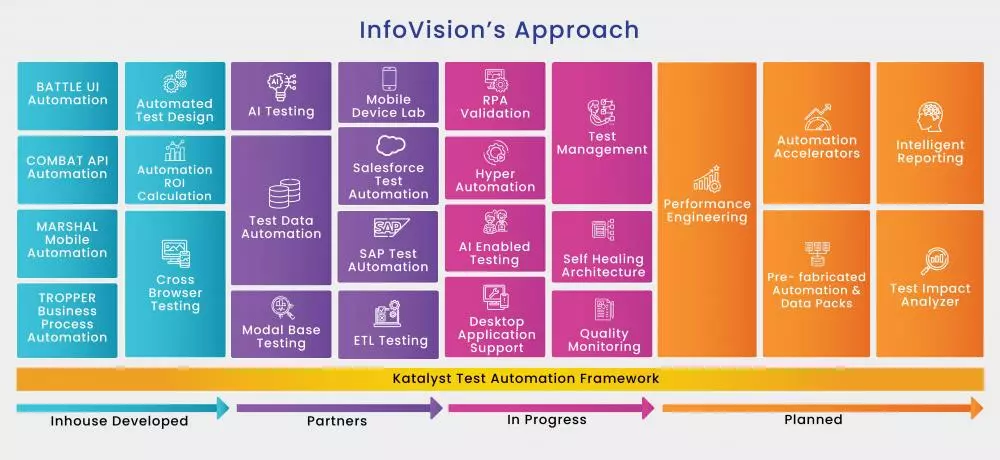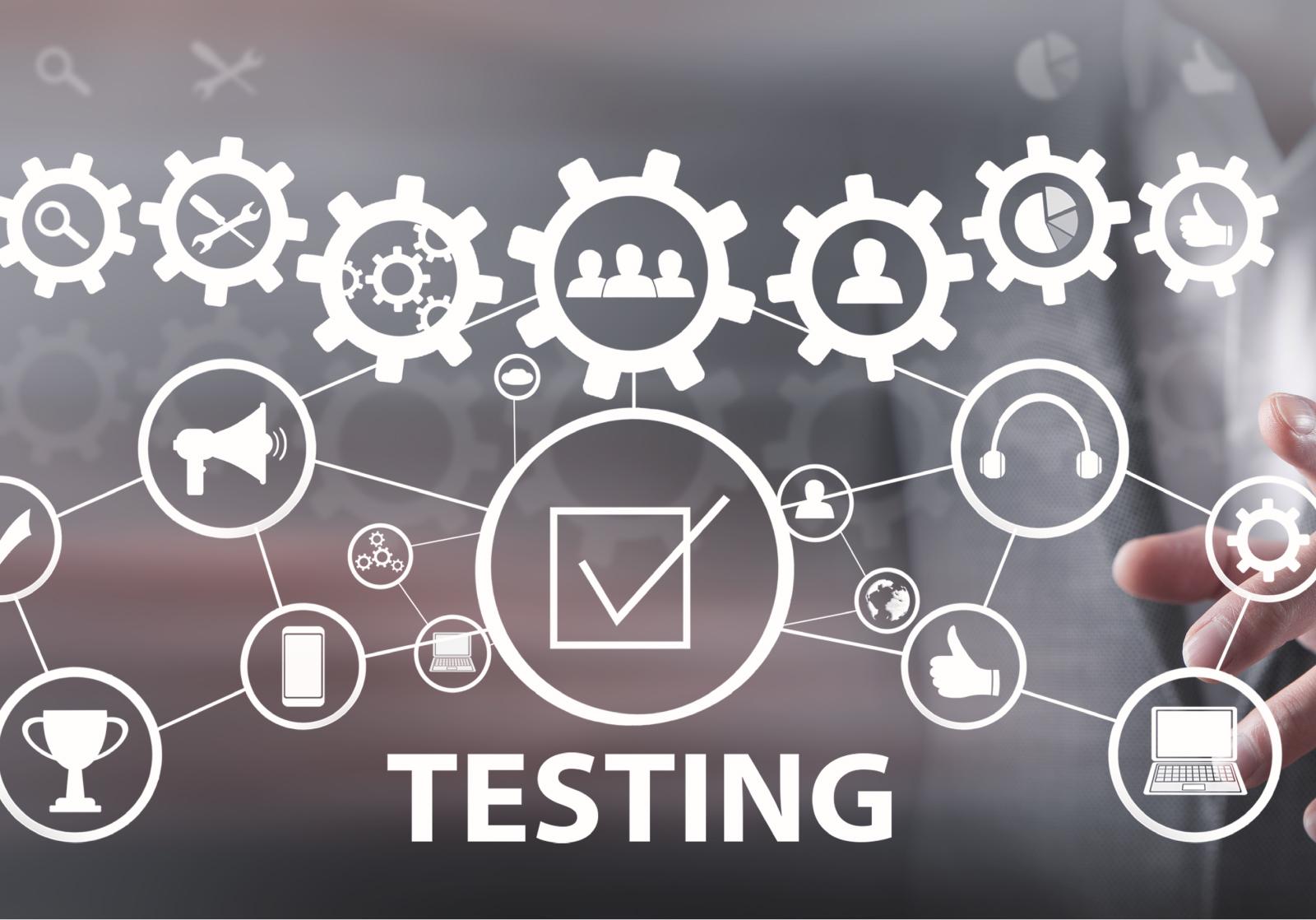The recent attention brought to Google's first demo of Bard reinforces the value of thorough testing prior to releasing products to the public.
Following the rocky start after the first demo resulted in a factual error, Google's CEO sent a company-wide email calling on every employee to help shape and contribute to the product. "Next week, we'll be enlisting every Googler to help shape Bard and contribute through a special company-wide dogfood," Pichai wrote in the email to employees, as per CNBC. "We're looking forward to getting all of your feedback — in the spirit of an internal hackathon — more details coming soon," he concluded.
This process, known as "dogfooding," entails testing a product internally before releasing it to the public.
The post-pandemic world has undergone a significant shift from digitization towards digitalization. Staying informed about industry developments is therefore paramount for both organizations and individuals to prevent errors from occurring as also to stay ahead of the curve. What worked in the pre-pandemic world may no longer be relevant, and there is no room for error in today's digitalized world.
Testing Challenges
One question that naturally follows is: What impact has Digital Transformation had on the Automation field, and specifically on the challenges of software testing?
Despite the advancements brought about by Digital Transformation, the challenges of software testing have largely remained unchanged, with a few new ones added to the list.
These challenges are numerous, and some examples include:
- Time constraints: Testing can be a time-consuming process and often compromised to meet project deadlines.
- Resource allocation: Testing requires a variety of resources, including hardware, software, and personnel, and this can be a crunch.
- Simulation: Setting up a testing environment that simulates real-world conditions can be challenging, especially when dealing with complex systems.
- End-to-end coverage: Ensuring that all possible scenarios have been tested, especially in large and complex systems can be a Herculean task.
- Automation: While automation can make testing more efficient, the automated tests need to be dynamic to align with the software that may be constantly changing.
What are the Current Testing Trends?
The constantly changing planet of technology is swiftly altering the operations of organizations, affecting every stage of the development lifecycle, including planning, design, development, delivery, and operation. Quality at speed stays at the core of all.
To keep up the exceptional quality at speed, organizations must continuously revamp and innovate their tools and practices to meet production expectations. And there comes the hare footed software testing trends into picture.
Exponentially expanding complexity of systems and environments also trigger snowballing data. All these lead to enduringly shifting software testing trends that will be the focus of this article.

In my opinion, the following list represents the top ten software testing trends that could emerge in 2023.
1. Hyper-Automation Testing
In simple words, hyper-automation is the active automation, performed using Robotic Process Automation (RPA), Machine Learning & Artificial Intelligence, and Natural Language Processing (NLP).
As technology disruption rushes through space, organizations are shifting towards Hyper-Automation targeting cost cutting, better productivity, and augmented efficiencies through automation. Moreover, Hyper-Automation aids in capitalizing on the data collected and generated by digitized processes.
In short, AI-powered testing tools can find bugs and defects more quickly and accurately than manual testing.
2. Shift left Testing
Imagine if the testers were called only at the end of the project lifecycle, it would be so strenuous for them. Errors and bugs in every functionality would be utterly difficult to trace and rectify. So, defects are less costly when detected early!
That said, don’t you think it would be an ideal use of your resource if they are used to their full potential?
The approach of software & system testing is performed earlier in the lifecycle, in fact in every step of the lifecycle. As the name says, testing shifts the project one step left on the timeline every time.
3. Automated Regression and Regression Optimization
The Automated regression testing technique is becoming mature over period. It is no more a ‘good to have’. It has become the hygiene factor of any software development process. After any little or big change, the code or part of the application goes into regressive testing immediately.
The testing process is made remarkably effective with test scripts, plans, and workflow to speed up the process and make it more effective. These regression models involve the use of an optimization algorithm to find a set of coefficients for each input to the model that minimizes the prediction error.
4. Script less or Codeless Automation
Have you heard of the jargons no-code, codeless, and script less? Well, meaning the same, script less automation refers to the testing being done using tools and frameworks that require little-to-no code in a variety of ways.
In this testing technique, the software is tested on another software, comparing the actual outcomes with the predicted outcomes.
5. Cloud-based cross-browser Testing
Well, it is a no brainer that a cloud-based solution saves infrastructure set up and maintenance cost. And when it comes to Cloud-Based Cross Browser Testing, it is indeed the need of the hour. Today, when there is a planet of options while picking a device, making sure that your application runs swiftly in all the multifold devices, platforms, browser combinations, and everything under the sky is something where the challenge really begins.
Cloud-based cross-browser testing is therefore the ‘go to’ solution that provides the flexibility and scalability to quickly test applications on different platforms and devices.
6. Non-Functional Testing
Higher-end security & top-level performance is the first on everyone's list. And, non-functional testing is what comes to my mind!
As the name speaks for itself, non-functional testing is software testing where you test the non-functional parameters. Now, these parameters can range from reliability to load test, performance, and accountability. So, this test essentially evaluates the behavior of the application/system.
7. Agile and DevOps
The Automation testing stream is expected to hit the milestone of USD 30 Billion by 2028. Bidding the same idea, agile development, and testing are making a standout presence these days. The enormous processing pace gives agile testing wide acceptance.
Agile Automation techniques aid organizations to stay ahead in the race with ever-changing business models and optimization of quality assurance automation tools and approaches.
Unlike the waterfall model, DevOps bridges the gap between Development and Operations, curtailing the software lifecycle. In short, Agile and DevOps assist in delivering software with quality and speed.
8. Blockchain Testing
Blockchain applications, unlike the traditional applications, are quite different. And so are the testing techniques.
The structure of blockchain involves several components such as blocks, mining, transactions, wallets, and so on, all of which require special tools to test. Therefore, Blockchain testing is the systematic evaluation of the blockchain’s various functional components.
This testing technique is used to test the security, functionality, and performance of the digital data structure.
By testing every entity of the blockchain, this technique confirms every operational and functional aspect of the network, thereby providing a secure and functional infrastructure with improved user experience.
9. Mobile Test Automation
A good starting point for someone just getting started. Mobile application (app) testing is the process of verifying whether an app designed for mobiles meets certain mobile testing requirements.
What are the types of tests that you can perform on mobile apps? A few of the tests that you can perform on mobile apps are performance testing, stress testing, functional testing, and accessibility testing.
10. Security Testing
With the increasing number of cyber threats, security testing has become a critical aspect of software development. Organizations are implementing security testing at all stages of the development process to ensure that their applications are secure from attacks.

Final Words
So, that is a whole lot of automation testing trends that you can perform. And, surprisingly, the list does not end there. Yes! The list of testing trends keeps expanding as technology keeps maturing.
In conclusion, the testing landscape continues to evolve. The innovative technologies and methodologies prompt organizations to embrace the trends and position themselves to deliver high-quality software efficiently and effectively.
If you want to find out more about the testing trends & uncover insights to strategize your plans and deliver more reliable solutions, you can write to us at info@infovision.com

